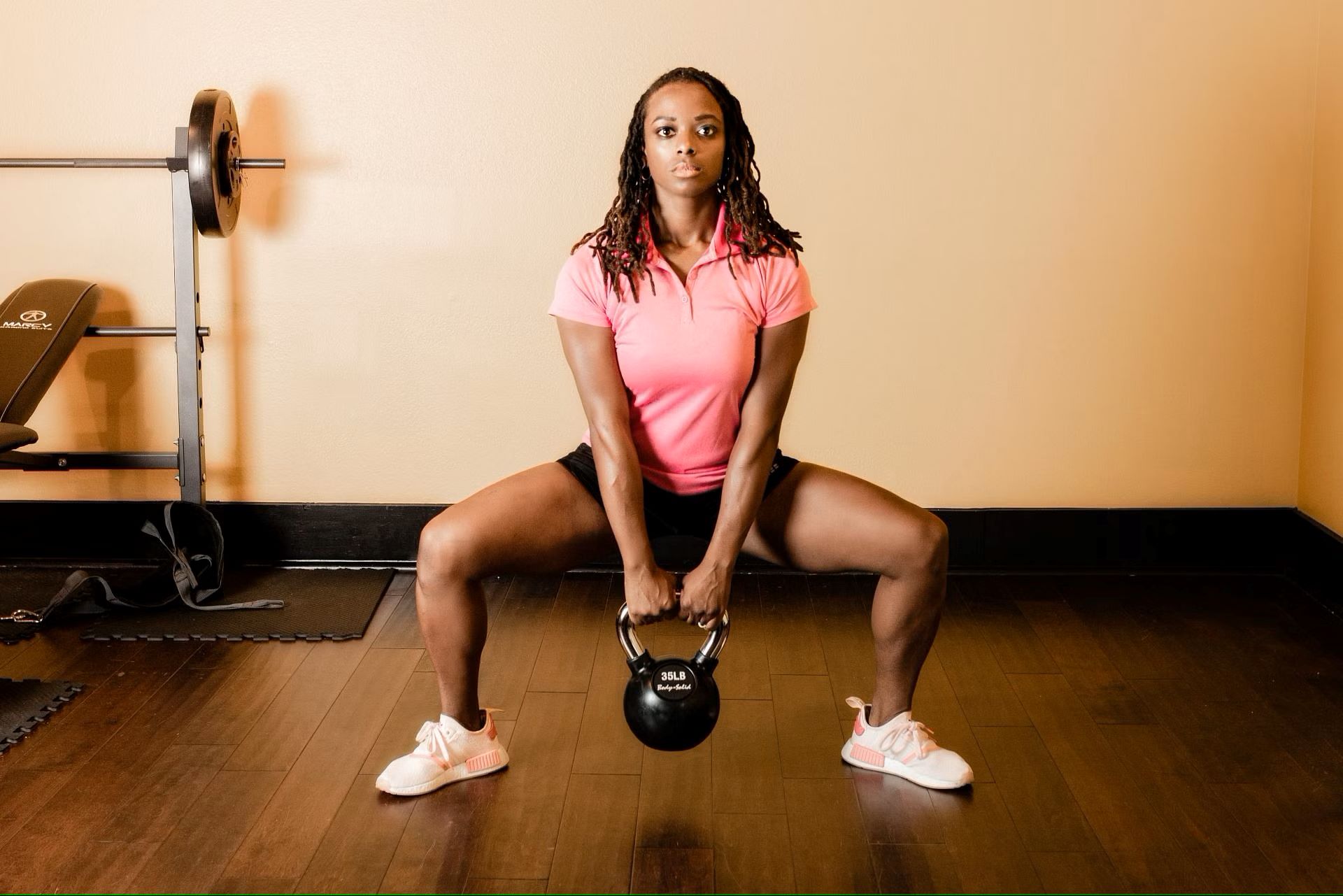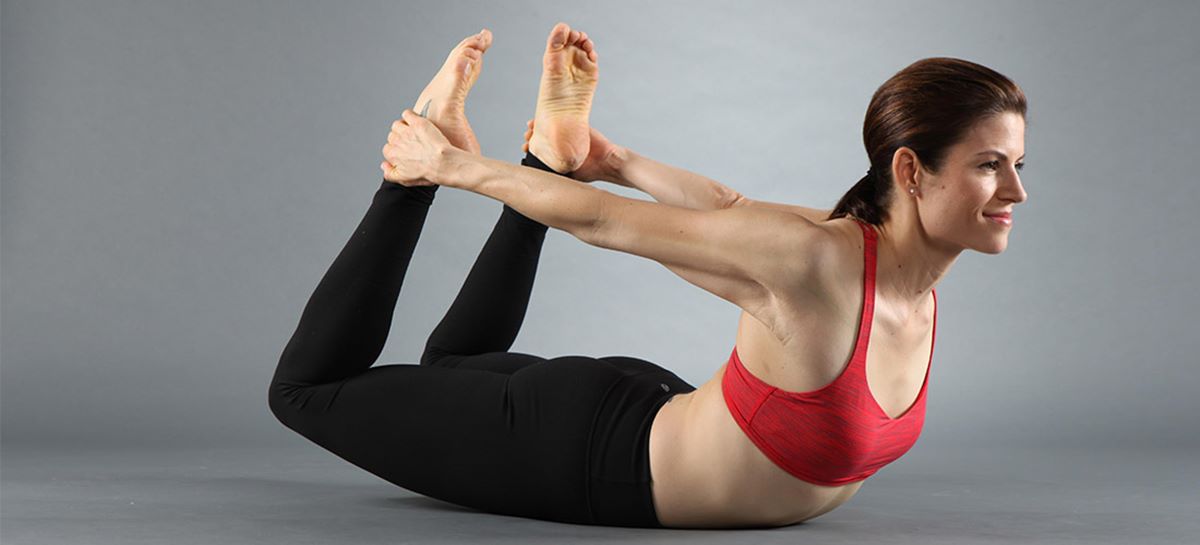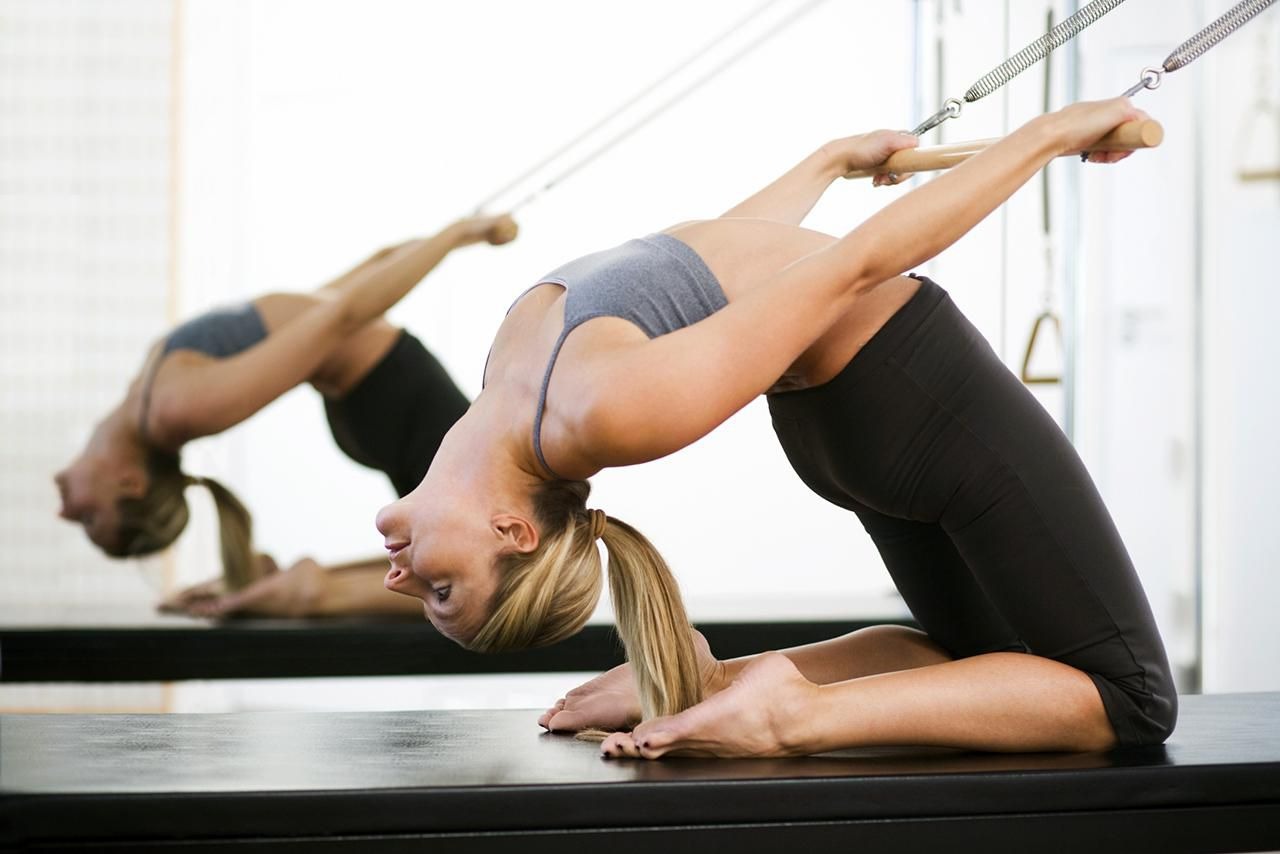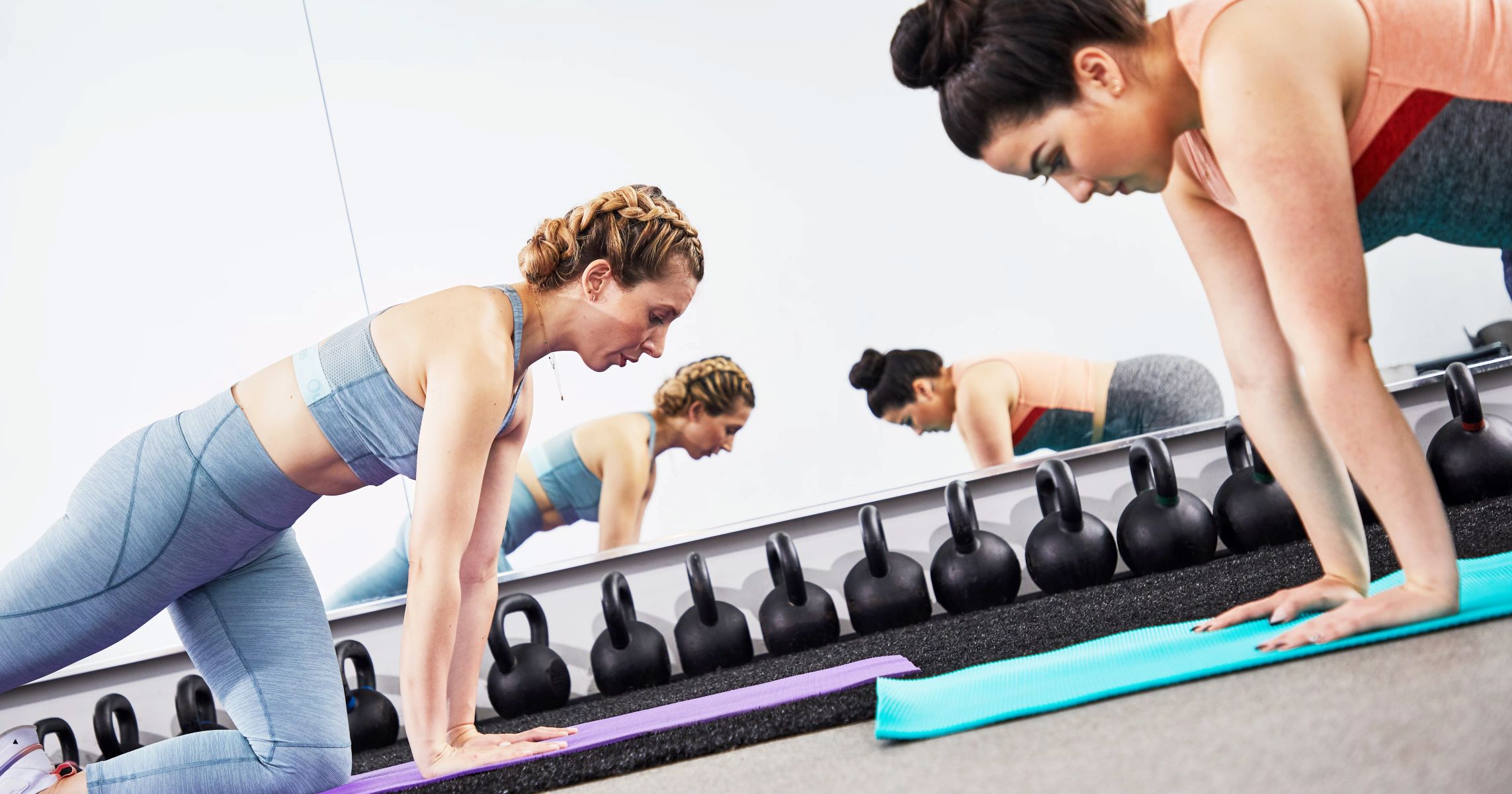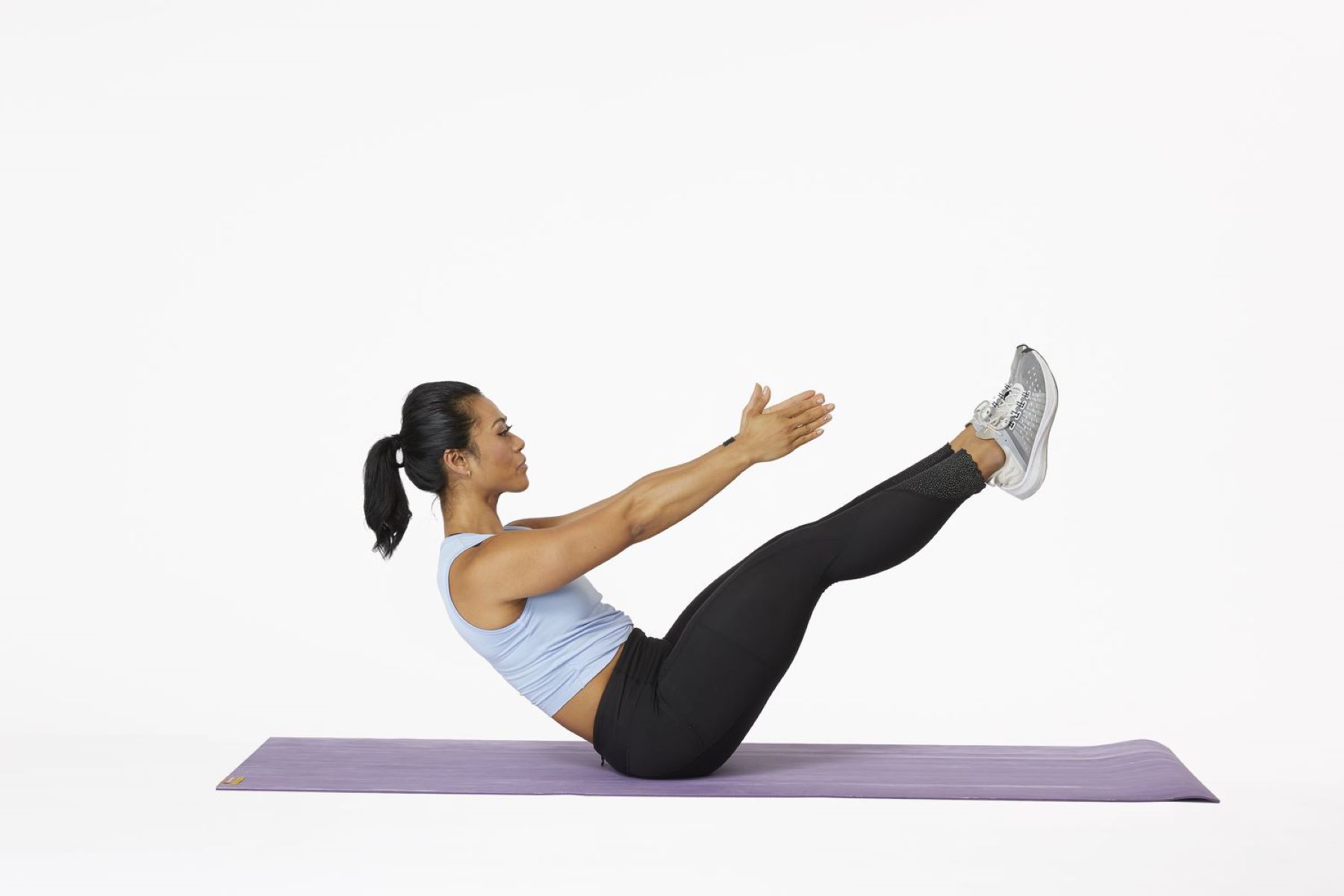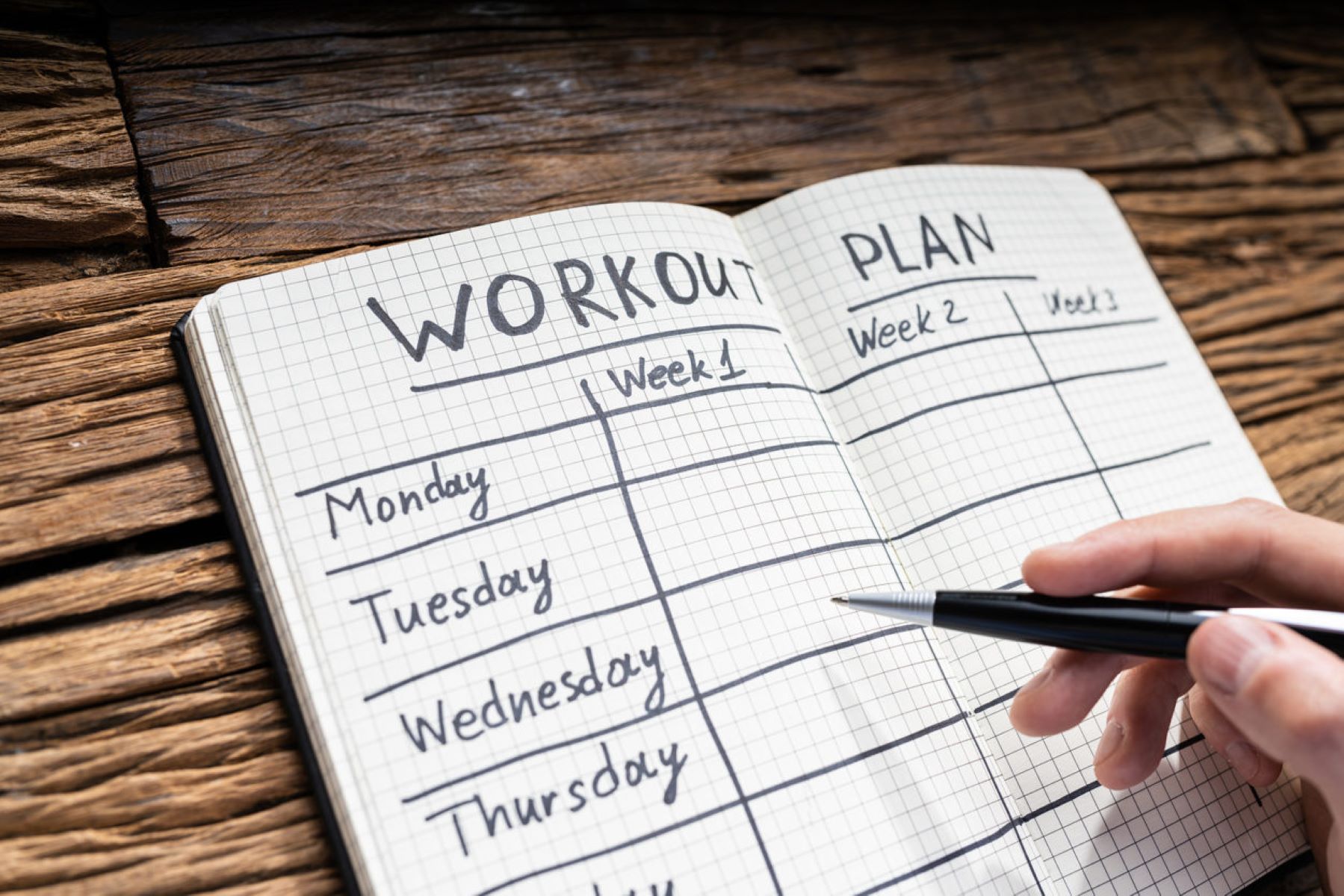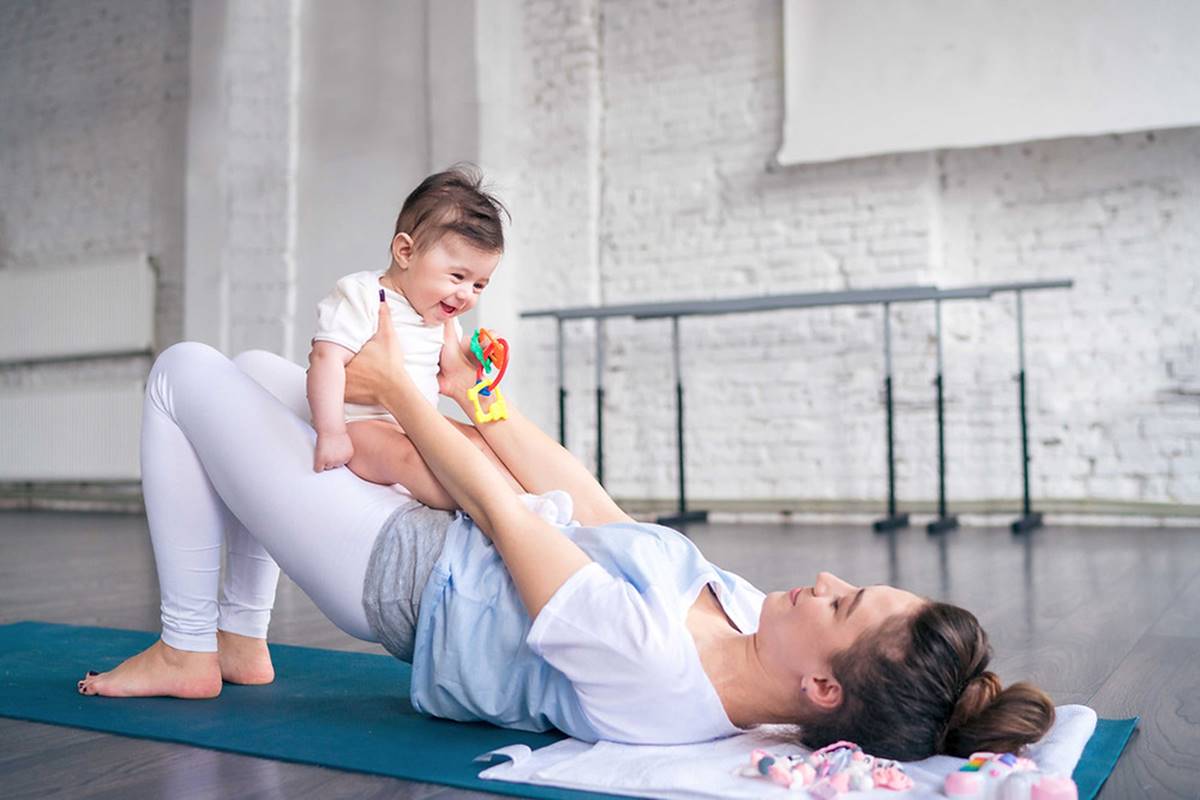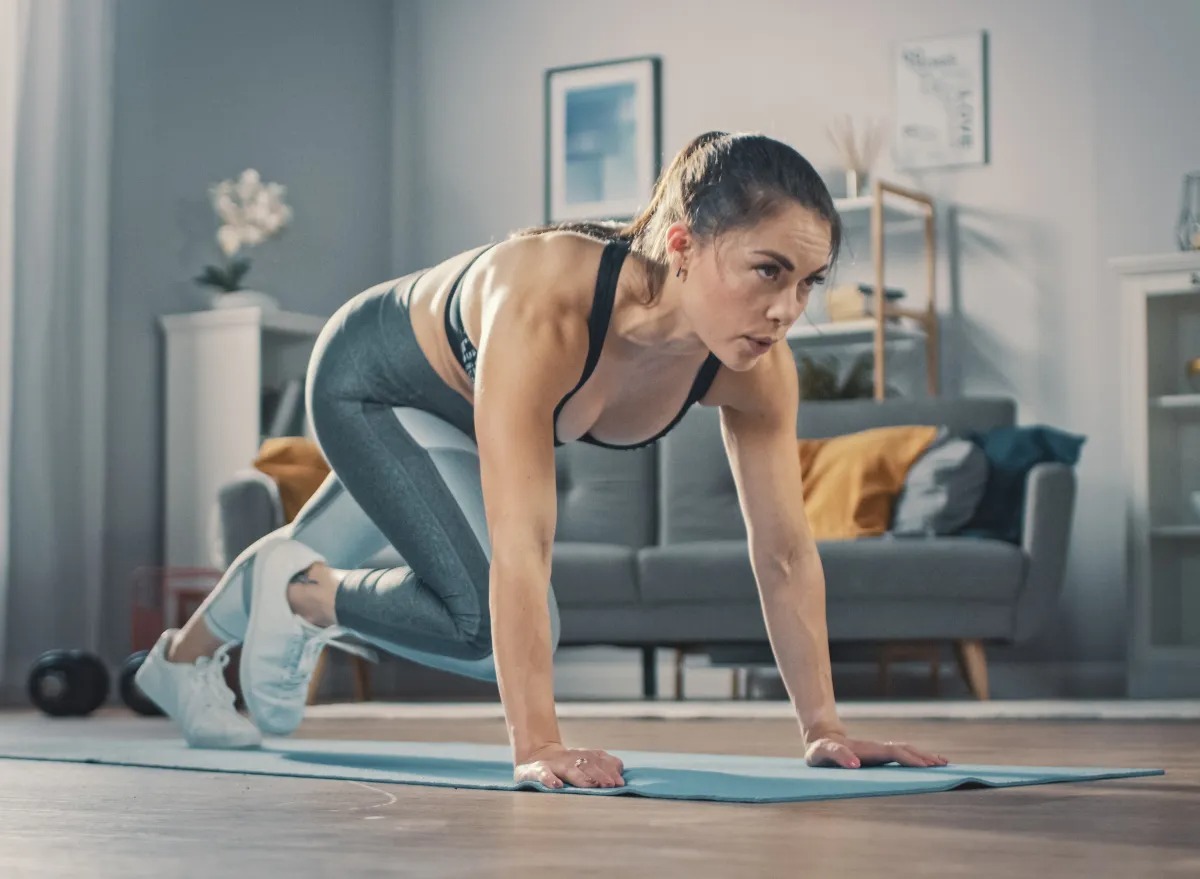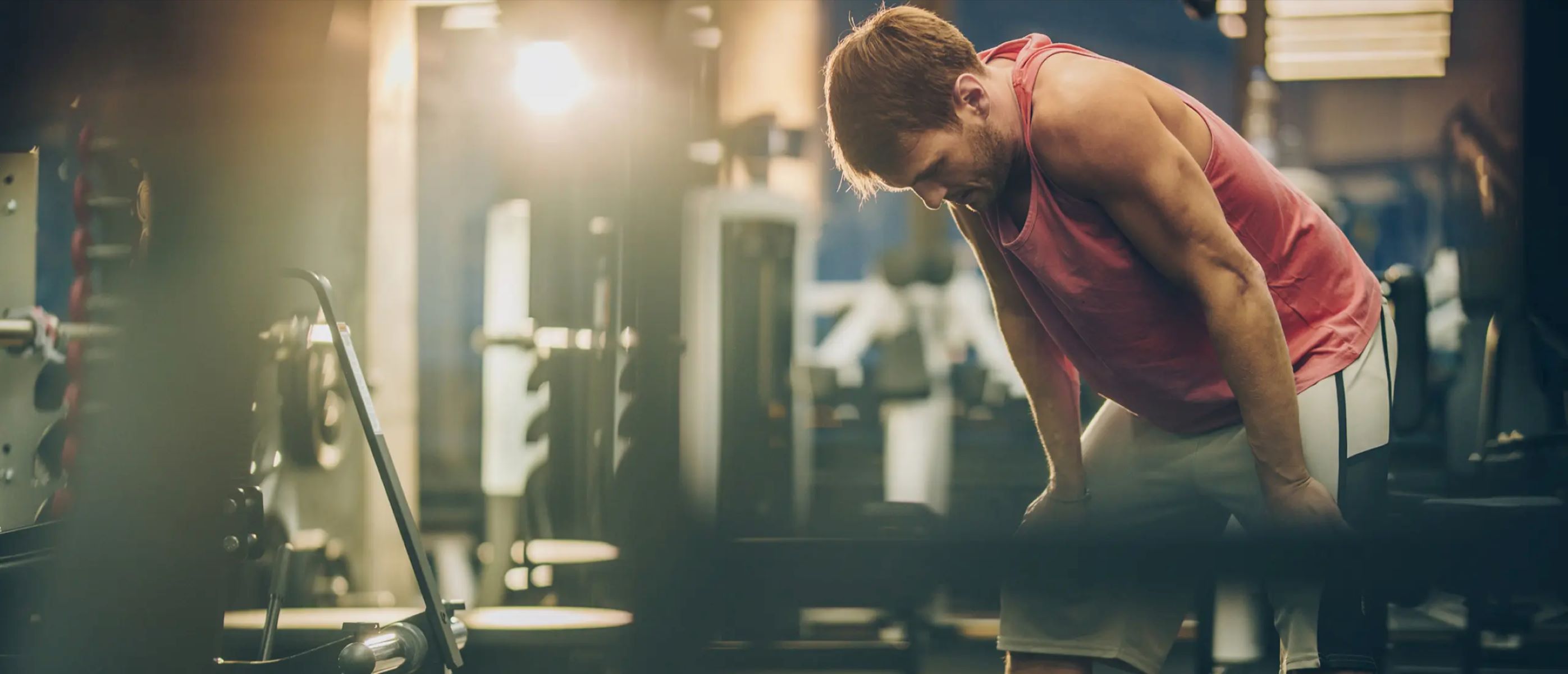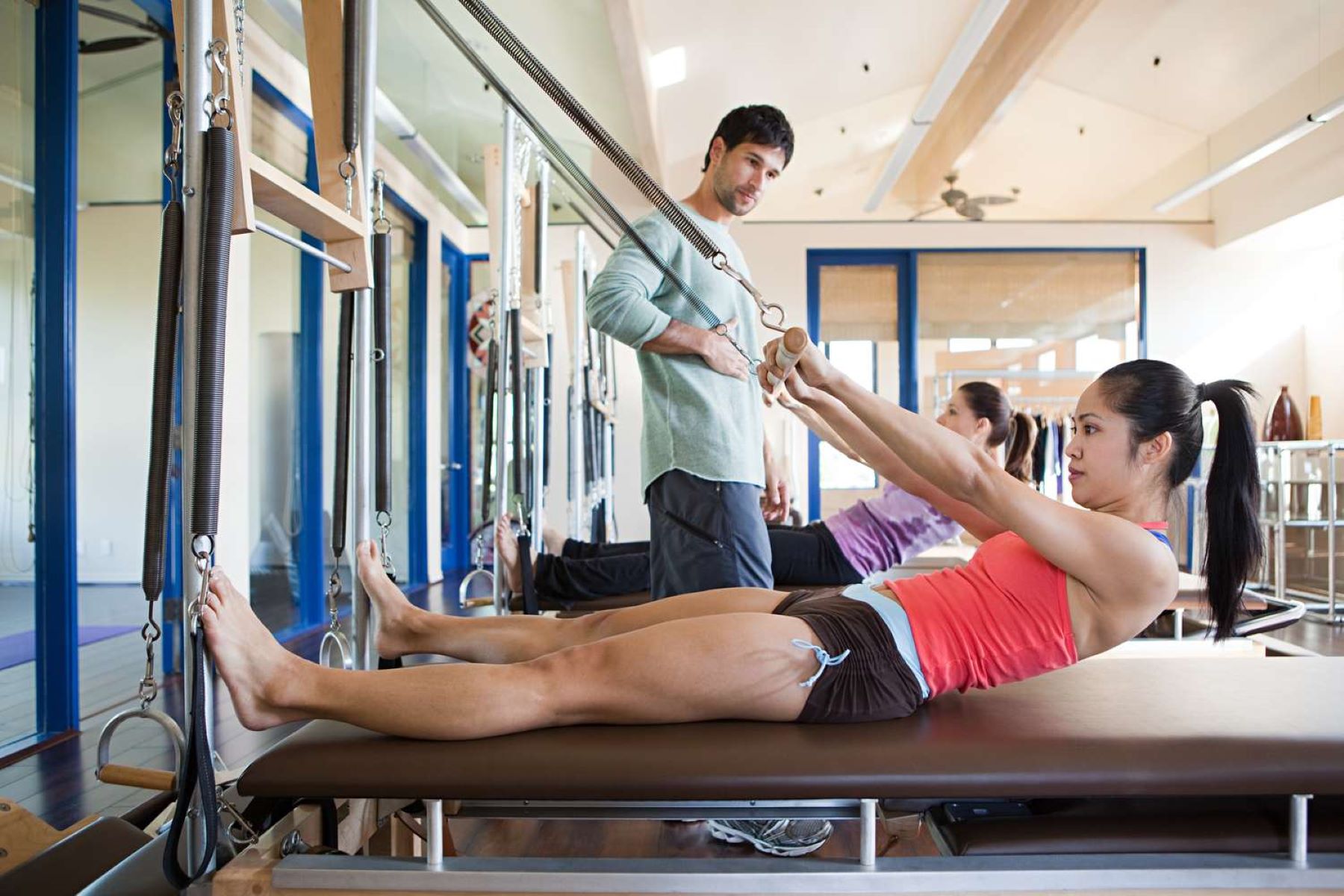

Featured
How Long Should A Pilates Workout Be
Modified: January 2, 2024
Discover the ideal duration for a Pilates workout with our expert guide. Unlock the benefits of a perfectly timed session and achieve your fitness goals with our Featured article.
Introduction
Welcome to the world of Pilates! Whether you’re new to Pilates or have been practicing for a while, one question that often arises is how long should a Pilates workout be? The duration of a Pilates session can vary depending on various factors, including your fitness level, goals, and availability of time.
Pilates is a unique form of exercise that focuses on strengthening the core muscles, improving flexibility, and enhancing overall body awareness. It combines controlled movements with breathing techniques to create a mind-body connection. Regular Pilates practice can lead to increased strength, improved posture, and a more toned physique.
When it comes to determining the ideal duration for a Pilates workout, there is no definitive answer. The length of a Pilates session can range from as little as 15 minutes to a full hour or longer. Several factors should be taken into consideration to find the right duration that suits your needs and preferences.
Factors such as your fitness level, experience with Pilates, and overall health should influence your decision. Beginners may need shorter sessions to gradually build strength and stamina, while more advanced practitioners may require longer sessions to challenge their bodies and progress further in their practice.
It’s important to note that the duration of a Pilates workout is not the only factor to consider. The quality of the workout is just as crucial, if not more so. A focused and efficient 30-minute workout can be more beneficial than a sloppy and unfocused hour-long session.
In the following sections, we will explore how long a Pilates workout should be based on your fitness level and provide some guidelines for personalizing the duration to fit your specific needs. Remember, these are general recommendations, and it’s always best to listen to your body and consult with a certified Pilates instructor for personalized advice.
Factors to Consider
When determining the duration of your Pilates workout, there are several factors to consider. These factors can help you personalize your practice and make it more effective for your individual needs. Here are some key factors to keep in mind:
- Fitness Level: Your current fitness level plays a significant role in determining the duration of your Pilates session. Beginners may need shorter sessions initially to allow their bodies to adapt to the exercises and prevent overexertion. Intermediate and advanced practitioners, on the other hand, may require longer sessions to continuously challenge their bodies and further develop their skills.
- Goals: The goals you have for your Pilates practice can also influence the duration of your workouts. If your primary focus is improving flexibility and muscle tone, shorter sessions may suffice. However, if you aim to build strength, engage in more advanced exercises, or participate in Pilates competitions, longer sessions may be necessary to achieve those goals.
- Time Availability: Consider your schedule and the amount of time you can dedicate to your Pilates practice. It’s essential to choose a duration that allows you to commit consistently. If you have limited time, shorter, more intense sessions can still provide significant benefits. On the other hand, if you have more time available, longer sessions can provide a comprehensive full-body workout experience.
- Workout Intensity: The intensity level of your Pilates workout can also impact the duration. If you prefer a higher intensity session, you may need shorter breaks between exercises, resulting in a shorter overall duration. Conversely, if you prefer a more relaxed and slower-paced workout, longer sessions may be appropriate to ensure adequate time for stretch and recovery.
- Health Considerations: Your overall health and any existing injuries or conditions should also be taken into account when determining the duration of your Pilates session. If you have any specific health concerns, it’s crucial to consult with a qualified Pilates instructor or healthcare professional who can provide guidance on the appropriate duration and modifications for your practice.
By considering these factors, you can customize the duration of your Pilates workouts to align with your unique circumstances, ensuring an effective and enjoyable experience.
Beginner Level Pilates Workout Duration
If you’re new to Pilates, it’s important to start slowly and gradually build your strength and endurance. As a beginner, shorter sessions can be more beneficial initially to allow your body to adapt to the exercises and prevent any strain or injury. Here are some guidelines for the duration of beginner-level Pilates workouts:
- 15-30 minutes: Aim for sessions lasting between 15 to 30 minutes when you’re just starting with Pilates. This duration allows you to focus on mastering the fundamentals and becoming familiar with the basic exercises. It also gives your body time to adjust to the movements and prevent overexertion.
- Frequency: Beginners can benefit from performing Pilates workouts 2-3 times a week to allow for adequate rest and recovery between sessions. This frequency helps build consistency and allows you to gradually progress in your practice.
- Gradual Progression: As you become more comfortable with the exercises and your body’s strength and flexibility improve, you can gradually increase the duration of your sessions. Adding an extra 5-10 minutes every few weeks can help challenge yourself without overwhelming your body.
- Focus on Form and Technique: During your beginner-level Pilates sessions, prioritize proper form and technique over the duration. Take your time to understand and execute each movement correctly, paying attention to alignment, breath control, and engaging the core muscles. Quality is more important than quantity at this stage.
- Warm-Up and Cool-Down: Remember to incorporate a brief warm-up and cool-down period into your beginner Pilates workouts. This helps prepare your body for the exercises and allows for proper recovery afterward.
By following these guidelines, beginner-level Pilates practitioners can establish a solid foundation and gradually progress in their practice. Remember to listen to your body and modify exercises as needed to ensure a safe and effective workout experience.
Intermediate/Advanced Level Pilates Workout Duration
As you advance in your Pilates practice and become more familiar with the exercises, you may feel ready to challenge yourself with longer and more intense sessions. Intermediate and advanced level practitioners can benefit from longer Pilates workouts to further develop strength, flexibility, and overall body awareness. Here are some guidelines for the duration of intermediate/advanced level Pilates sessions:
- 45 minutes to 1 hour: Aim for sessions lasting between 45 minutes to 1 hour for intermediate and advanced level Pilates workouts. This duration allows for a comprehensive full-body workout, engaging different muscle groups and incorporating more challenging exercises.
- Progressive Challenges: With longer sessions, you can include a wider range of exercises and variations to continuously challenge your body and progress in your practice. This can involve adding equipment, increasing resistance, or incorporating more complex movement patterns.
- Full-body Engagement: As an intermediate or advanced practitioner, focus on engaging all major muscle groups and striving for a balanced workout. Include exercises that target different body areas, such as the core, arms, legs, and back, to ensure a well-rounded Pilates session.
- Incorporate Flow: With longer sessions, you have the opportunity to incorporate flowing movements and seamless transitions between exercises. This helps maintain the intensity, improves endurance, and enhances the fluidity of your practice.
- Challenge Yourself: Use longer sessions to challenge yourself mentally and physically. Push your boundaries, but always listen to your body’s limitations and avoid overexertion or strain. It’s better to have a focused and intense 45-minute workout than a lackluster hour-long session.
Remember that the duration of your Pilates workout should ultimately reflect your goals, fitness level, and availability of time. Intermediate and advanced practitioners may find it beneficial to mix shorter and longer sessions throughout the week to provide variation and allow for recovery.
Consulting with a certified Pilates instructor can help you design a personalized program that aligns with your specific needs and goals. They can provide guidance on exercise selection, intensity levels, and appropriate modifications to ensure a safe and effective intermediate/advanced Pilates workout experience.
Guidelines for Personalized Pilates Workout Duration
While general recommendations can provide a starting point, it’s essential to personalize the duration of your Pilates workouts to suit your individual needs and preferences. Here are some guidelines to help you determine the ideal duration for your Pilates sessions:
- Listen to Your Body: Pay attention to your body’s cues and signals during your Pilates practice. If you feel fatigued or strained during a longer session, it may be a sign to shorten the duration or take breaks as needed. Conversely, if you feel energized and capable of pushing yourself further, you can extend the duration of your workout.
- Set Realistic Goals: Consider your fitness goals and what you want to achieve through your Pilates practice. If your goal is to maintain general fitness and overall well-being, shorter sessions may be sufficient. However, if you desire specific outcomes such as weight loss, improved flexibility, or advanced skill development, longer sessions may be necessary to reach those goals.
- Design a Balanced Routine: Focus on creating a well-balanced routine that incorporates different types of Pilates exercises, targeting various muscle groups and movement patterns. This allows you to address specific areas of improvement, prevent muscle imbalances, and ensure overall body conditioning. The duration of your workout should accommodate this balanced approach.
- Time Management: Consider your schedule and daily commitments to determine the amount of time you can realistically dedicate to your Pilates practice. If you have limited time, shorter yet focused sessions can still provide significant benefits. On the other hand, if you have more flexibility in your daily routine, longer sessions may be feasible.
- Progress Gradually: Whether you’re a beginner or at an advanced level, it’s important to progress gradually and incrementally increase the duration of your Pilates workouts. This allows your body to adapt, prevents overexertion, and minimizes the risk of injury. Adding a few minutes every few weeks or months can help you maintain steady progress without overwhelming yourself.
Remember, these are general guidelines, and it’s always advisable to consult with a certified Pilates instructor. They can assess your individual needs, provide expert guidance, and incorporate specific modifications or variations to optimize your Pilates workout duration.
By personalizing your Pilates workout duration, you can create a practice that suits your individual goals, fitness level, and time constraints, ensuring a more enjoyable and effective experience.
Importance of Listening to Your Body
When it comes to any exercise routine, including Pilates, it’s essential to listen to your body. Your body is a remarkable machine that communicates its needs and limitations. Ignoring these signals can lead to overexertion, fatigue, and even injury. Here’s why listening to your body is crucial in your Pilates practice:
- Preventing Overexertion: Pushing yourself too hard or working out for extended periods without considering your body’s limitations can lead to overexertion. This can result in muscle strain, fatigue, and hinder your progress. By listening to your body and respecting its boundaries, you can avoid pushing yourself beyond what is safe and appropriate.
- Avoiding Injury: Performing exercises with incorrect form or when fatigued can increase the risk of injury. Each person’s body is unique, and what works for one individual may not work for another. By paying attention to your form and technique and adjusting as needed, you can reduce the risk of injuries and ensure a safe Pilates practice.
- Recognizing Fatigue: Fatigue during a Pilates session is normal, but it’s important to differentiate between regular fatigue and excessive exhaustion. Pushing through extreme fatigue can compromise your form and potentially lead to injuries. By listening to your body and resting when needed, you can maintain the integrity of your practice and avoid unnecessary strain.
- Adjusting Intensity: Some days, your body may feel energized and ready for a challenging workout, while other days, it may need something more gentle and restorative. By listening to your body, you can adjust the intensity of your Pilates session accordingly. This flexibility allows for a more adaptive and enjoyable practice based on what your body needs at any given time.
- Honoring Rest and Recovery: Rest and recovery are essential components of any exercise routine, including Pilates. Ignoring your body’s need for rest can increase the risk of burnout and hinder your progress. By listening to your body and incorporating rest days into your Pilates schedule, you allow your muscles to repair and strengthen, contributing to more effective overall results.
Remember, Pilates is not about pushing through pain or excessive strain. It’s about building strength, improving flexibility, and cultivating a mind-body connection. By listening to your body, you can honor its needs, prevent injuries, and create a Pilates practice that is safe, effective, and sustainable in the long run.
Conclusion
Pilates is a versatile and effective form of exercise that offers numerous benefits for physical fitness and overall well-being. When determining the duration of your Pilates workouts, it’s important to take into account your fitness level, goals, time availability, and most importantly, listen to your body.
For beginners, starting with shorter sessions and gradually increasing the duration can help build strength and familiarity with the exercises. Intermediate and advanced practitioners can benefit from longer sessions to challenge their bodies and deepen their practice. Ultimately, the duration should align with your goals and allow for a balanced and enjoyable Pilates experience.
Remember, quality is just as crucial as duration. Focusing on proper form, technique, and engaging the core will enhance the effectiveness of your workouts. Incorporating warm-up and cool-down periods, as well as listening to your body’s signals of fatigue or discomfort, play vital roles in injury prevention and overall well-being.
While these guidelines provide a framework, it’s important to consult with a certified Pilates instructor who can tailor your workouts to your individual needs and offer personalized advice. They can help you design a program that optimizes your Pilates practice and ensures a safe and effective workout experience.
By finding the right duration for your Pilates sessions and paying attention to your body’s limitations and signals, you can enjoy the full benefits of this incredible exercise method. Embrace the journey, progress at your own pace, and always prioritize the mindful connection between your mind and body.
